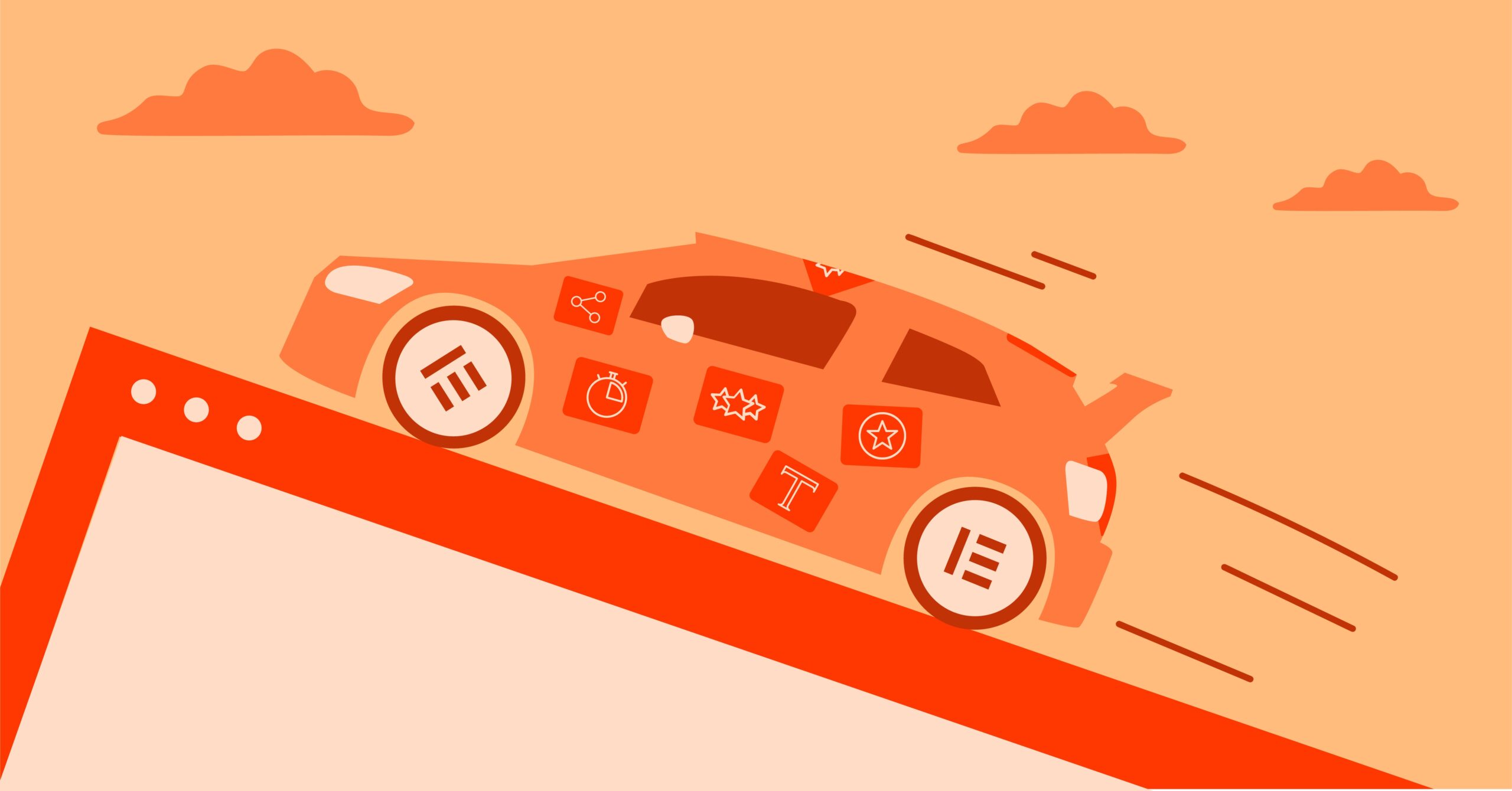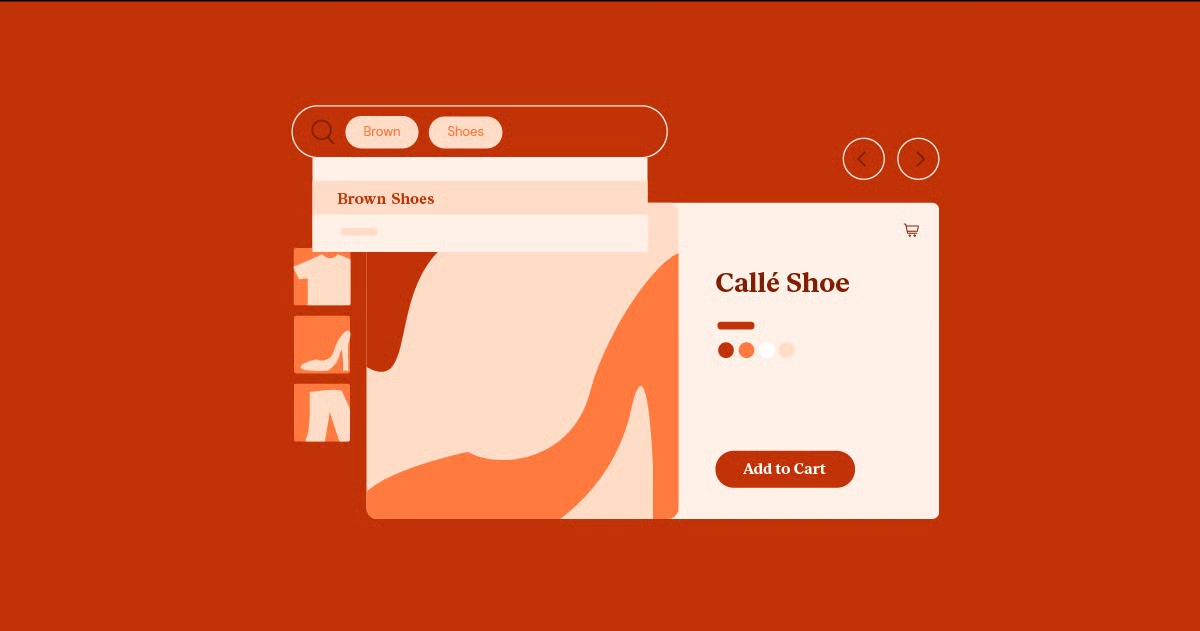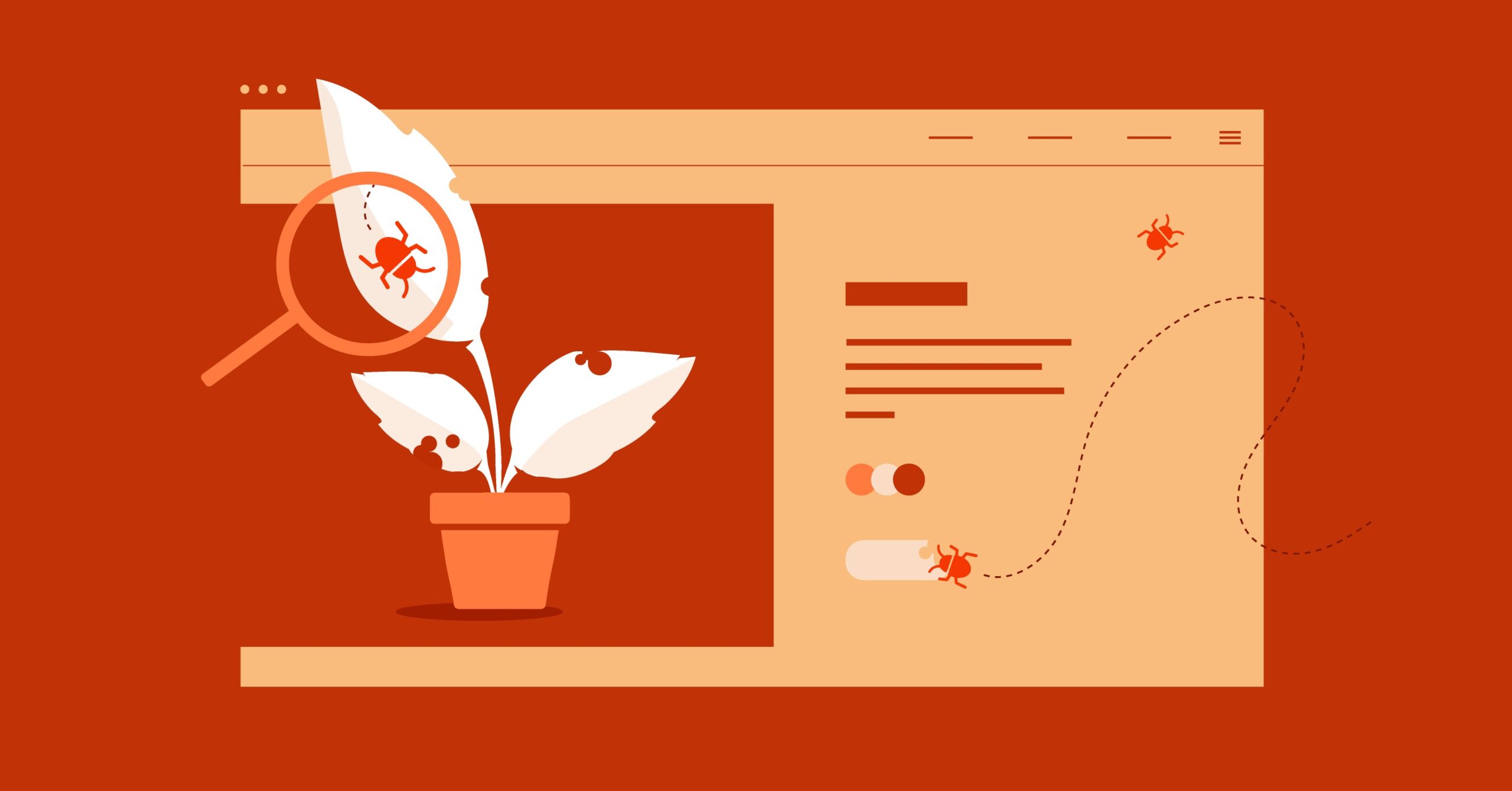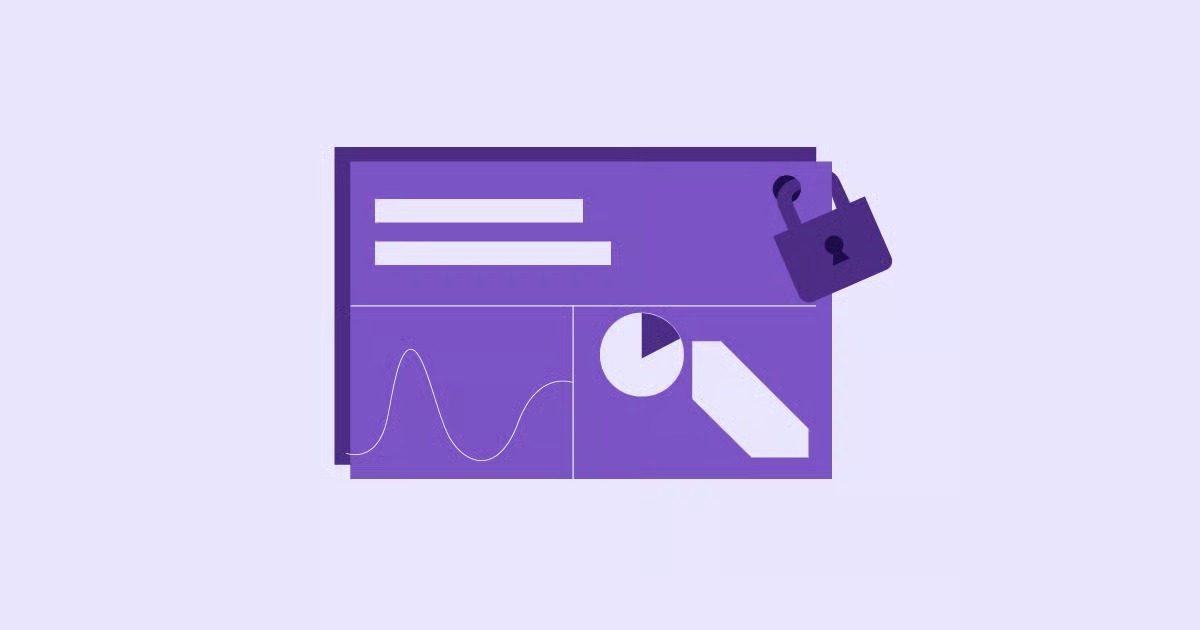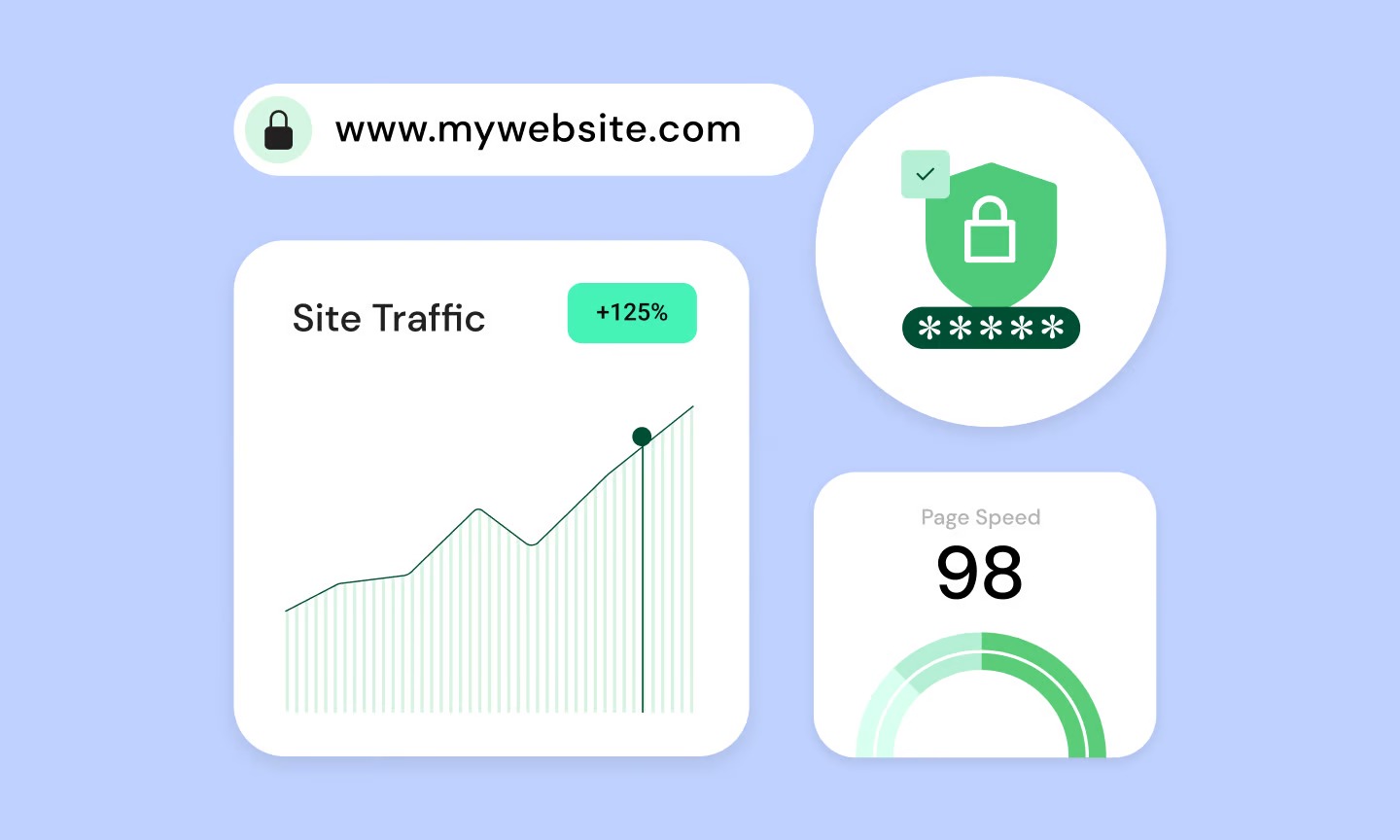Itamar Haim
Itamar Haim, SEO Team Lead at Elementor, is a digital strategist merging SEO & AEO / GEO, and web development. He leverages deep WordPress expertise to drive global organic growth, empowering businesses to navigate the AI era and ensuring top-tier search performance for millions of websites.
E-commerce, at its simplest, is the process of buying and selling goods or services online. But in today's digital economy, it's far more...
- Itamar Haim
- Created:
-
Having a great website is a lot like opening a beautiful store in the middle of the desert. It might be a masterpiece...
- Itamar Haim
- Created:
-
When you type a website address into your browser and hit Enter, a complex series of events kicks off. In what often feels...
- Itamar Haim
- Created:
-
As web creation professionals, we live in the visual world. We design pixel-perfect layouts, craft compelling user experiences, and build powerful websites. But...
- Itamar Haim
- Created:
-
Selling a domain name can feel like trying to sell an invisible product. You own a string of characters, a digital address, but...
- Itamar Haim
- Created:
-
Managing a website, especially a WordPress site, involves more than just what you see in the admin dashboard. Themes, plugins, media, and core...
- Itamar Haim
- Created:
-
If you manage a website, you know that speed is everything. A one-second delay in page load time can lead to fewer page...
- Itamar Haim
- Created:
-
If you have ever signed up for a shared web hosting plan, you were probably given login details for something called "cPanel." You...
- Itamar Haim
- Created:
-
You have seen the screenshots. A guru on social media flashes a dashboard showing $50,000 in a single month. They promise you can...
- Itamar Haim
- Created:
-
As a professional web developer, your tools are your craft. Git is arguably one of the most critical tools in our modern toolbox....
- Itamar Haim
- Created:
-
Affiliate marketing is a powerful business model that allows you to earn commissions by recommending products or services you trust. By creating a...
- Itamar Haim
- Created:
-
You have a hard drive full of incredible images and a passion for photography. Now you're wondering, "Can I actually make real money...
- Itamar Haim
- Created:
-
Building a website today is about creating a central hub for your brand, business, or idea. And when it comes to choosing your...
- Itamar Haim
- Created:
-
It’s one of the most common and frustrating errors on the internet. You open your browser, type in a website address, and instead...
- Itamar Haim
- Created:
-
Encountering a "403 Forbidden" error on your website can be alarming. This message is your web server's way of saying, "I understand what...
- Itamar Haim
- Created:
-
Building an Amazon affiliate website is one of the most popular and time-tested ways to create a passive income stream. You recommend products...
- Itamar Haim
- Created:
-
Your domain name is your digital storefront, your address, and your brand all in one. It is often the single most important piece...
- Itamar Haim
- Created:
-
Building a new website is an exciting venture. You craft the perfect design, write compelling copy, and finally hit "publish." But then comes...
- Itamar Haim
- Created:
-
When you build a website, send a marketing email, or optimize a blog post for search engines, you interact with one of the...
- Itamar Haim
- Created:
-
The secondhand apparel market is more than just a trend. It's a massive economic and cultural shift. Globally, the market is exploding, driven...
- Itamar Haim
- Created:
-
If you've spent any time exploring the idea of building a website, you've heard of WordPress. It's a name that has become almost...
- Itamar Haim
- Created:
-
Writing content for SEO in 2025 is a whole new ball game. Gone are the days when you could just stuff a keyword...
- Itamar Haim
- Created:
-
Every website has a hidden "doorman" that greets search engine crawlers. This doorman operates 24/7, holding a simple set of instructions that tell...
- Itamar Haim
- Created:
-
Choosing a home for your website is one of the most critical decisions you'll make. It's the foundation that impacts your site's speed,...
- Itamar Haim
- Created:
-



